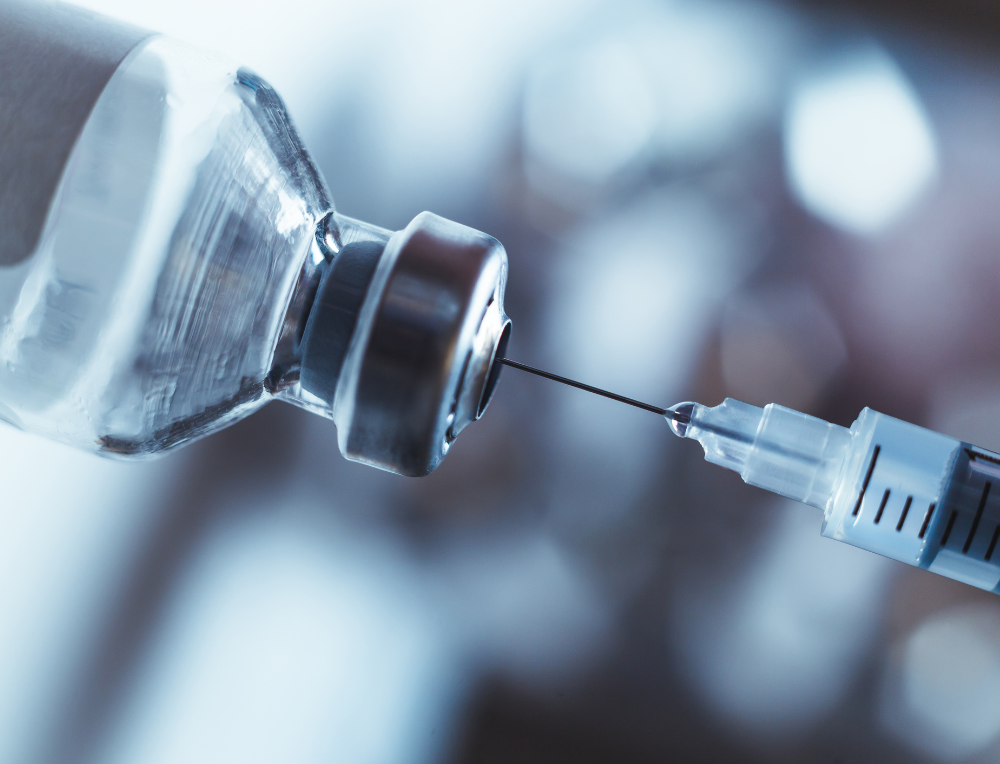Overcoming Barriers: Financing and Service Delivery for Vaccination in Fragile and Conflict-Affected States

Even in health care systems in which doctors do not bill for each test they administer, the use of diagnostic imaging like CT and PET scans has soared, as has patients’ radiation exposure, a new study has found.
The study, published online on Tuesday in The Journal of the American Medical Association, says that while advanced medical imaging has undoubted benefits, allowing problems to be diagnosed earlier and more accurately, its value needs to be weighed against potential harms, which include a small cancer risk from the radiation.
“The doses are not at a level that people should really be concerned,” said Dr. Rebecca Smith-Bindman, the study’s lead author and a radiologist and epidemiologist at the University of California, San Francisco. “It’s rather that we need to minimize unnecessary exposures wherever possible.”
Debate has grown louder over the role of advanced imaging, which many doctors say is overused. In April, a group of nine medical specialty boards recommended that doctors perform 45 common tests and procedures less often, with imaging prominent among them.
One board, the American Academy of Allergy, Asthma and Immunology, said a CT scan was not needed for cases of uncomplicated acute rhinosinusitis, or sinus infection, while another board, the American Society of Clinical Oncology, said doctors should cut back on CT and PET scans for early prostate and breast cancers that are unlikely to metastasize.
Harms that may result from radiation exposure during scans are also being examined. A recent study linked the use of CT scans in children to small but significant increases in the risk of leukemia and brain cancer.
Dr. Smith-Bindman’s study looked at data on one million to two million patients a year from 1996 to 2010 in six health maintenance organizations across the United States, only some of whom had imaging. The number of CT scans tripled over the study period, to 149 per 1,000 patients in 2010, while the number of M.R.I.’s quadrupled, to 65 per 1,000 patients in 2010.
Financial incentives did not seem to drive the increase, the authors said, as doctors in H.M.O.’s do not charge for each service they provide. Rather, they said, the changes seemed to derive from improvements in scanning technologies that made them more widely applicable, along with the fact that patients more often requested the scans. Also, the authors said, some doctors practiced “defensive medicine,” ordering tests to guard against malpractice lawsuits.
The radiation exposure of patients also jumped over time, driven by the increase in the number of scans ordered. CT and PET scans use ionizing radiation; M.R.I.’s do not.
“Getting one exam, one would not be particularly concerned — the risks are exceptionally tiny,” said John D. Boice Jr., president of the National Council on Radiation Protection and Measurements. “Multiple exams are a different issue.”
Some doctors said that although imaging is overused, aspects of the new study are to be welcomed.
“In many ways it’s very good news,” said William R. Hendee, a professor of radiology at the Medical College of Wisconsin. “A lot more patients are benefiting from advanced imaging procedures than were able to in the late 1990s.”
An editorial accompanying the study suggests that doctors need to discuss the risks of radiation exposure with patients.
For now, it seems that imaging rates have stopped climbing, at least at H.M.O.’s. The study found that the number of CT scans and M.R.I.’s peaked in 2007.